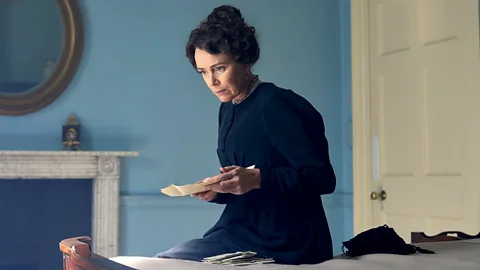The Power of Stories: How Narratives Shape Our Lives and Inspire Change
Stories have been an essential part of human culture since the dawn of time. They entertain, educate, and connect us, serving as a bridge between generations and cultures. In our modern world, stories continue to play a vital role in shaping our identities, influencing emotions, and driving social change. This article explores the magic of storytelling and why it remains so important today.
Why Stories Matter: The Science Behind Narrative
Humans are wired for stories. Neuroscience shows that when we listen to or read stories, our brains activate in ways that stimulate empathy, memory, and imagination. Stories help us make sense of the world by organizing information into meaningful sequences.
They also foster emotional connections by allowing us to experience others’ perspectives, which can promote understanding and compassion.
Stories as Tools for Education and Inspiration
From ancient myths to modern novels, stories have been powerful tools for teaching moral lessons, preserving cultural heritage, and inspiring innovation. They help simplify complex ideas and make them relatable.
In business, marketing, and leadership, storytelling is used to motivate teams, build brands, and engage audiences on a deeper level.
Sharing Your Story: Authenticity and Impact
Everyone has a story worth telling. Sharing personal experiences fosters authenticity and connection. Whether through writing, speaking, or digital media, stories can empower individuals and communities.
In the age of social media, stories have become a platform for raising awareness on important issues and driving positive change.
Tips for Crafting Compelling Stories
- Start with a clear message or purpose.
- Use vivid details to create imagery.
- Include emotions to engage the audience.
- Structure your story with a beginning, middle, and end.
- Be authentic and true to your voice.
In conclusion, stories are much more than entertainment — they are essential to how we understand ourselves and the world around us. By embracing storytelling, we can connect deeply with others, inspire change, and preserve the rich tapestry of human experience.


